2019 has now been officially recorded as the second hottest year since accurate records began over one hundred years ago. Only the year 2016 was hotter and in fact the last five years have been the five hottest ever measured. By now anyone who doubts that the CO2 that we are dumping into the atmosphere is raising the very temperature of the Earth is simply lying to themselves. The only questions left are how much damage is climate change going to cause, and how soon? Now new data is coming in from ongoing scientific studies at both of our planet’s poles that may give us some answers to those questions. Answers that we’re not going to like.

Thwaites glacier is considered to be the most threatened; perhaps threatening would be a better word, glacier in the entire world. Part of this is because at some 180,000 square kilometers in area it’s one of the world’s largest glaciers. More importantly however the glacier’s position along the very edge of the west Antarctic ice sheet puts it in direct contact with ocean waters that are causing it to melt at a very high rate. In fact it is calculated that the melting of the Thwaites glacier is currently responsible for about 4% of the entire sea level rise caused by global warming.
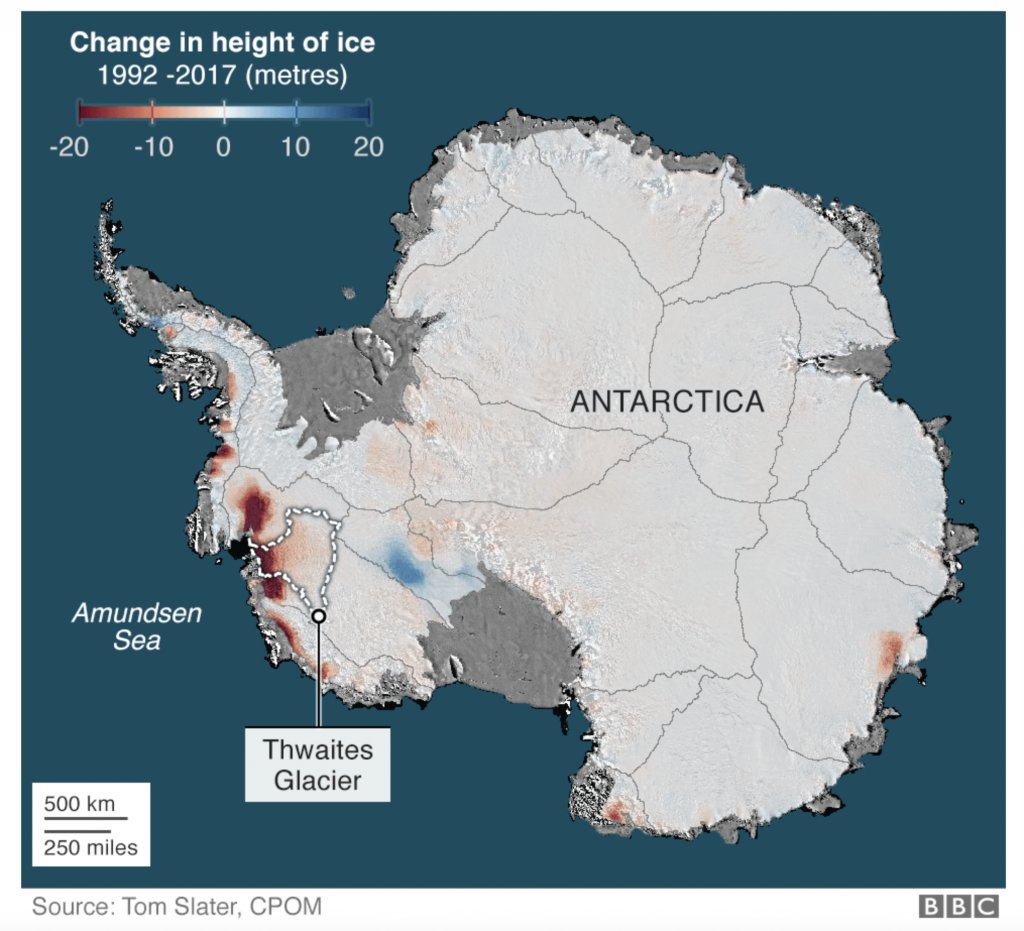
In order to better understand the threat posed by the Thwaites glacier a research team led by scientists at New York University’s Center for Global Sea Level Change and Environmental Fluid Dynamics Labouratory have traveled out onto the glacier itself in order to drill down two kilometers through the ice and see what is going on beneath the glacier.

What the researchers found was alarming. Along the glacier’s edge the Ocean’s comparatively warm waters, about 2ºC, are under cutting Thwaites, exposing even more of the glacial ice to the melting effect of the ocean’s heat. This undercutting will undoubtedly increase the speed of the ice’s melting and could even lead to a collapse of the entire glacier.
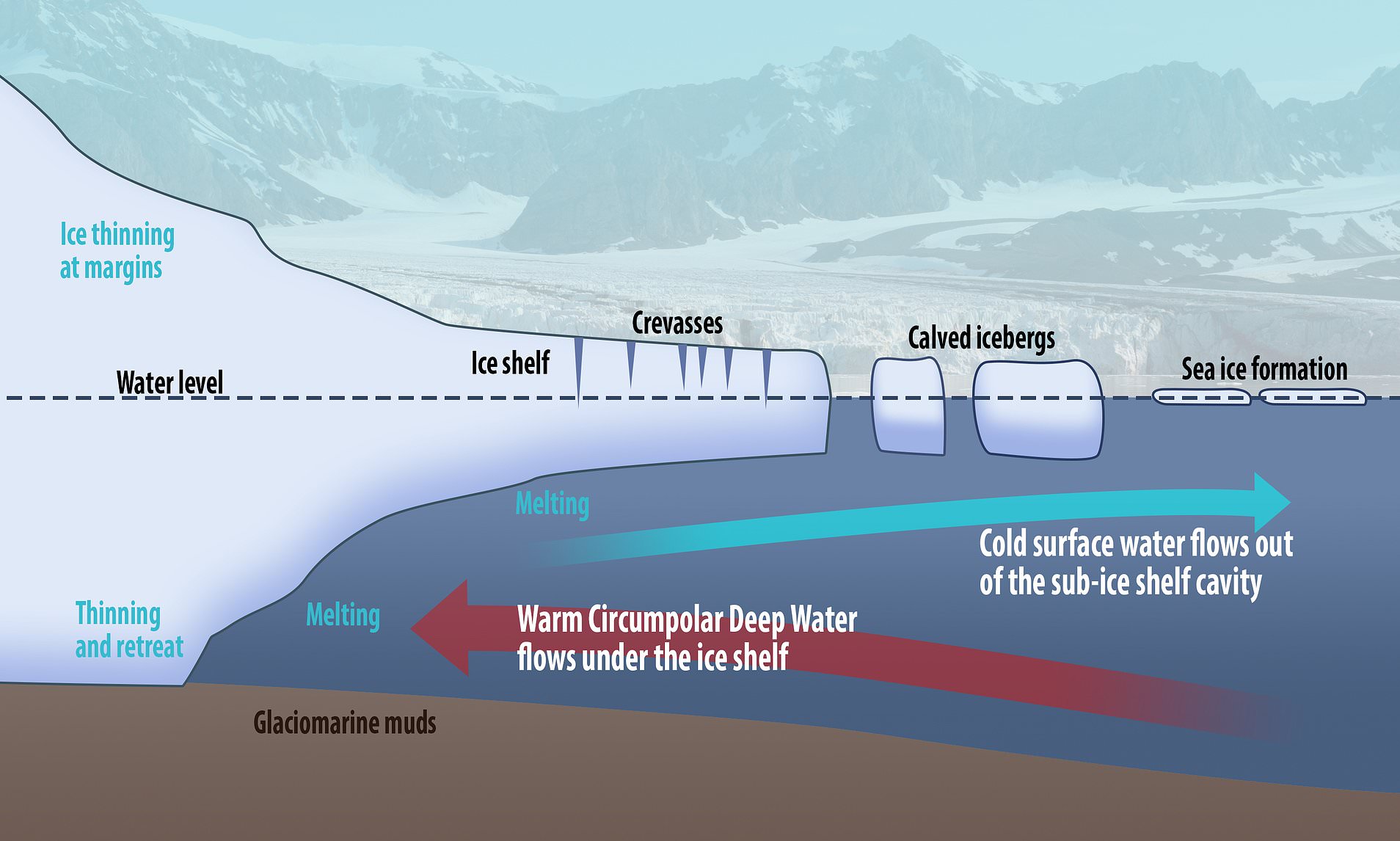
If a collapse does happen that could cause a rise in the ocean level by half a meter and threaten coastlines around the world. And remember, Thwaites is only one glacier, how many more are going to melt before we finally recognize the problems we are causing.
Another little sign of how Antarctica is changing because of global warming came in a small news item on the 6th of February, as an all time high temperature was recorded for the entire continent. The measurement was made at an Argentine research base called Esperanza, which sits on the Antarctic peninsula jutting up toward South America. The meteorological station at the base there recorded a high temperature of 18.3ºC, replacing the previous record of 17.5ºC set back in 2015. Although this is only the temperature of a single day it is yet one more sign of ever rising heat at the place where arguably it matters most.
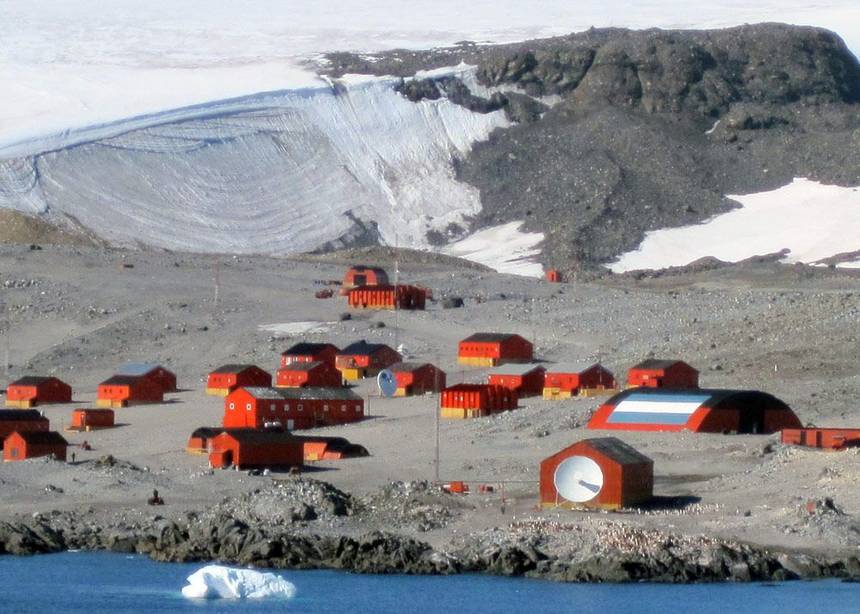
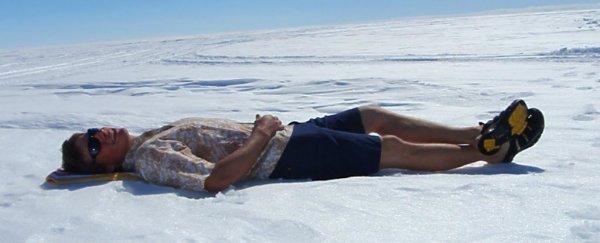
So if the Thwaites glacier, along with thousands of other ice reservoirs is melting, what is happening to all of the water that’s flowing into the world’s oceans? A team of researchers at the other end of the Earth, literally, is investigating that very question and what they’re discovering is that the oceans aren’t just slowly, quietly rising. Scientists with the ‘Impact of Climate on Ecosystems and Chemistry of the Artic Pacific Environment’ or ICESCAPE mission funded by NASA have been carrying out shipborne examinations in the Beaufort and Chukchi seas around the Artic Ocean.
When ICESCAPES measurements are combined with the data obtained from Earth observing satellites what the scientists have found is that the melted water from the northern ice sheets is increasing the flow velocity and turbulence of an oceanic current in the Artic. This ocean current, known as the Beaufort Gyre, is a circular stream of water that flows around the Artic in a clockwise direction north of Canada and Alaska.
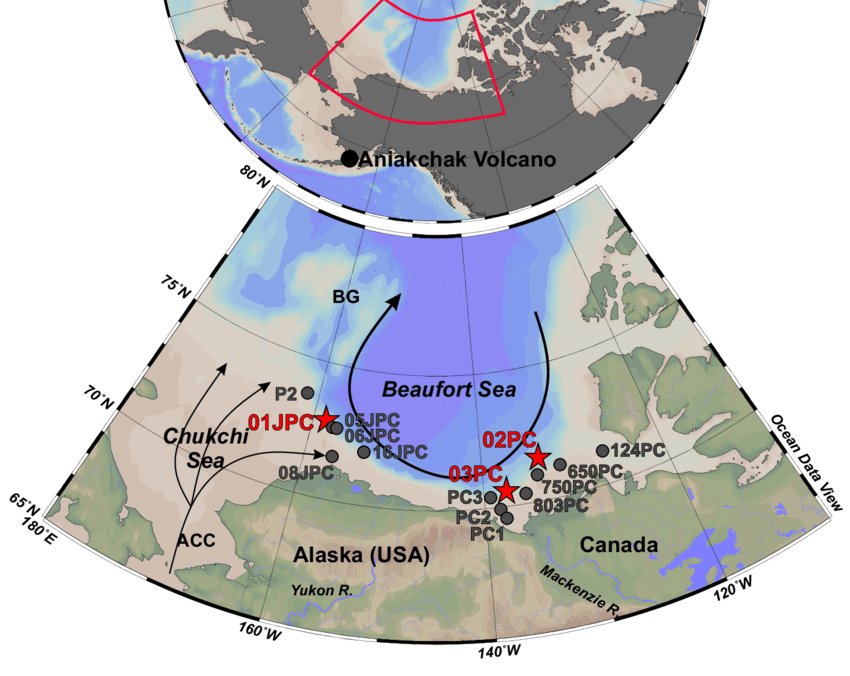
What the scientists discovered is that since the 1990s some 8,000 cubic kilometers of fresh water have melted into the Beaufort Gyre, while at the same time the shrinking of the ice cap has left the ocean current more exposed to the wind. This combination of increased water input and amplified wind driving it has resulted in an increase in the flow rate of and turbulence in the current. This is globally important because the Beaufort connects to the Atlantic Ocean, slowly releasing its fresh meltwater into that ocean. If the Beaufort were to release all of its accumulated fresh water into the Atlantic suddenly it could cause massive disruptions to the environment, everything from poisoning salt-water fish to affecting the path of the Gulf Steam.

Over the last three decades the measured temperature rise in the world’s polar regions has been twice as great as those seen elsewhere on the planet. The Artic and Antarctic are the front lines of global warming, and the reports we’ve been getting from those fronts haven’t been full of good news.
